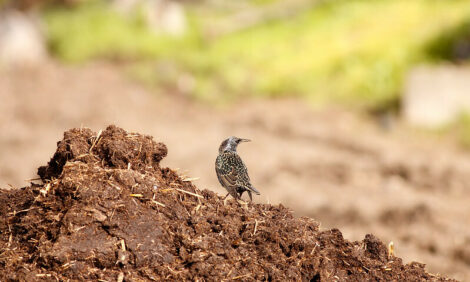



International Egg and Poultry Review
By the USDA's Agricultural Marketing Service - This is a weekly report looking at international developments concerning the poultry industry, this week looking at the latest in Panama.
Panama
The United States (US) and Panama announced on Tuesday, December
19, 2006 the completion of negotiations on a free trade agreement. Even
though agriculture was the last item on the agenda of negotiations for a
free trade agreement (FTA), it was left open for further discussions on
labor. In the past Panama declined to join the Central American Common
Market, and instead relied upon the canal and the US as its main economic
anchors. Panama is also a beneficiary of US unilateral trade preferences
defined in the Caribbean Basin Initiative.
If agreements with Columbia, Peru and Panama are ratified in 2007, the
US will have FTAs with more than half of Latin America. Meanwhile,
Ecuador has indicated an interest to negotiate a long term extension of
trade preferences with the United States. In addition, Bolivia has lobbied
Congress to extend trade preferences and expressed interest in
considering a free trade agreement with the United States. With a new
Democratic majority, leaders are demanding that agreements with
Columbia and Peru be renegotiated to include stricter labor rights.
Panama approached the US for a stand-alone FTA in order to avoid a
direct link to the CAFTA-DR. On November 16, 2003 President George
W. Bush formally notified Congress of his intent to negotiate a bilateral
FTA with Panama. Since then negotiations have occurred sporadically
due mainly to agriculture issues and Panama’s concern over losing control
of a major expansion of the Panama Canal. Approval of the agricultural
portion of the agreement was so controversial in Panama that an
Agriculture Minister resigned in protest over it.
The agreement would give Panama’s sugar farmer’s greater access to
US markets. More than half of all current US exports to Panama would
be duty-free including high quality beef, turkey, mechanically deboned
chicken, pet food and many processed foods. Some poultry items would
be made immediately duty free while others, such as chicken leg quarters
due to their sensitivity to Panama negotiators, would require an 18 year
phase out period for tariffs and a gradual increase in the quotas.
Also Included in the treaty is the revision of Panama’s sanitary and
phytosanitary regulations recognizing the equivalence of the US food safety
inspection system for meat, poultry and processed food items. Panama
will also provide market access for all US beef, poultry and related products
consistent with international standards. Included in the treaty was a clause
that allows discretional decisions to allow or reject imports that put human
health at risk. The agreement also streamlines import documentation for
US processed foods and creates a dispute settlement mechanism.
The agreement also guarantees Panama's construction firms 10% of the
contracts to expand the canal. The $5.25 billion expansion of the canal
was approved by voters in October, 2006 and construction should begin
in 2008 and finish in 2014. The project would double the canal's capacity
and allow usage by larger ships, resulting in increased revenue to the
government.
Source: various news sources
To view the full report, including tables please click here
ThePoultrySite News Desk








